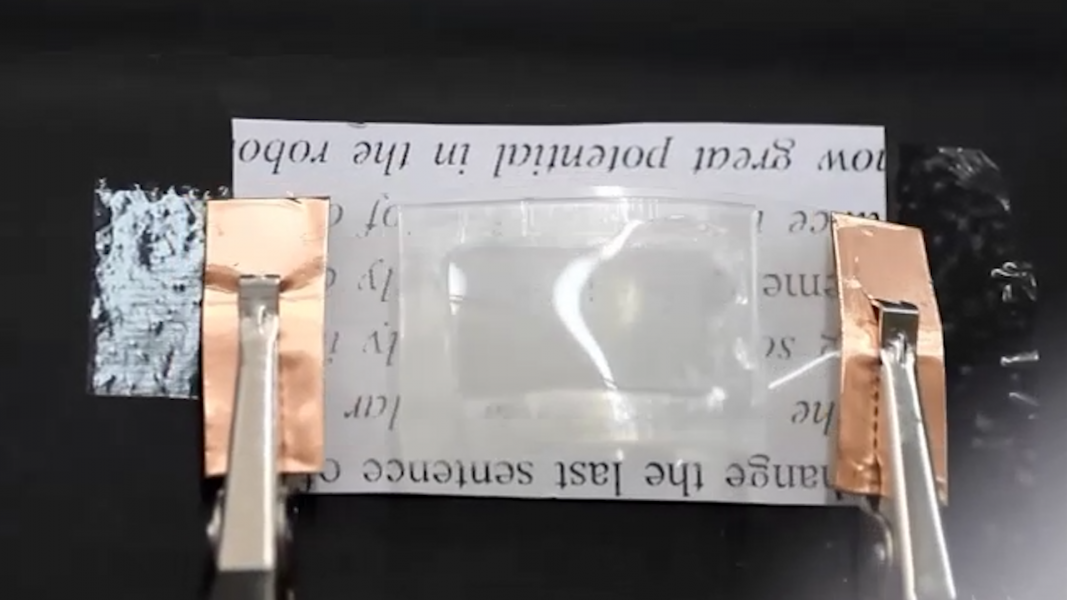“Smart” windows are an emerging technology in built environments, whose materials, when exposed to various external stimuli such as light or heat, can change and adapt accordingly. These smart materials should be flexible and electrically conductive to extend their range of application.
In their paper in Advanced Functional Materials, Shlomo Magdassi from the Hebrew University of Jerusalem, Yi Long from Nanyang Technological University, and co-workers present a functional hybrid ink for 3D printing of hydrogels onto flexible substrates and transparent electrodes, which can be used in smart material applications.
Poly(N-isopropylacrylamide) (PNIPAm) hydrogel micropieces were dispersed in a silica–alumina gel matrix to produce a printable hybrid ink. A variety of patterns were 3D-printed, and there was no requirement for further curing of the ink after deposition.
At low temperatures, visible light freely penetrates through the hybrid hydrogel. Once heated, the polymer micropieces change their morphology due to a phase change, and the hydrogel becomes opaque.
Printing the hydrogel ink onto a flexible, transparent electrode composed of silver nanoparticles enabled the production of functional electrical devices with good flexibility.
When a current is applied, the hybrid hydrogel changes from transparent to opaque, and rapidly regains transparency once the current is removed.
To find out more about these hybrid hydrogel inks for flexible electrical devices, please visit the Advanced Functional Materials homepage.

















